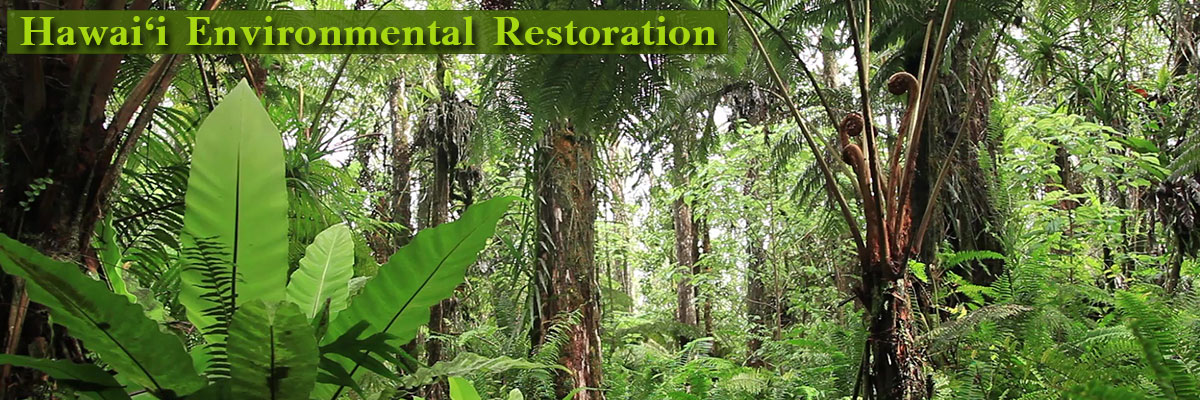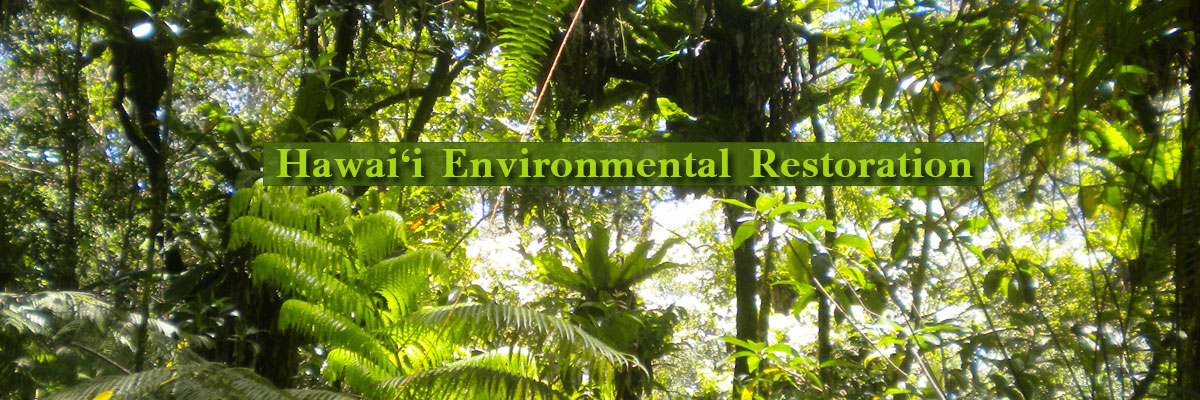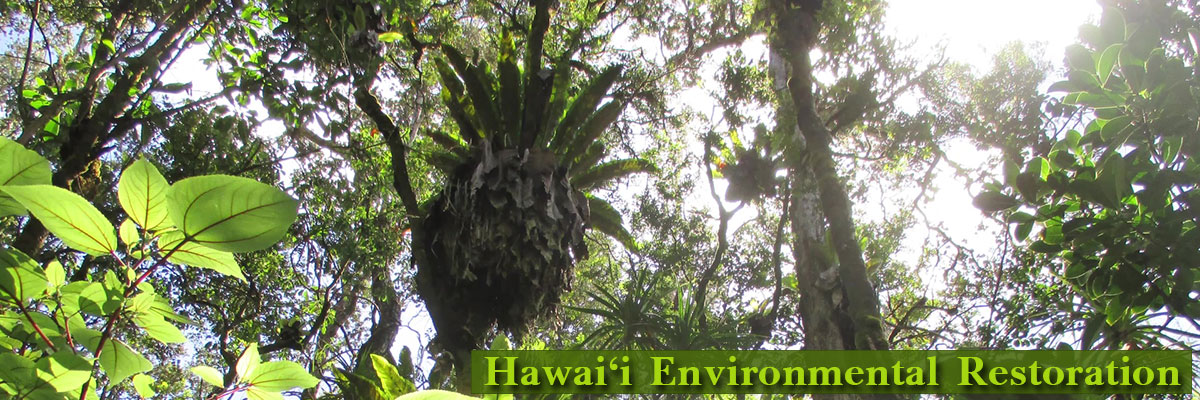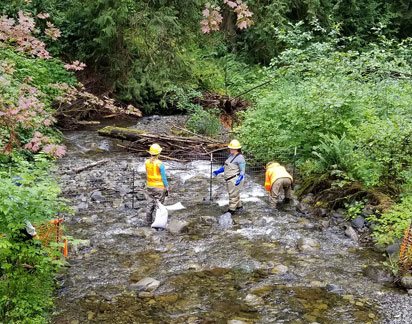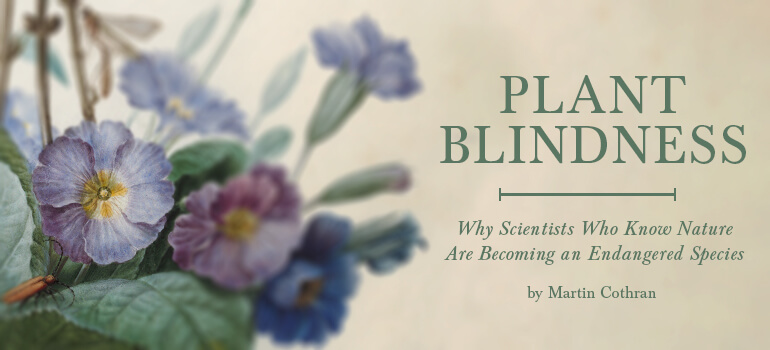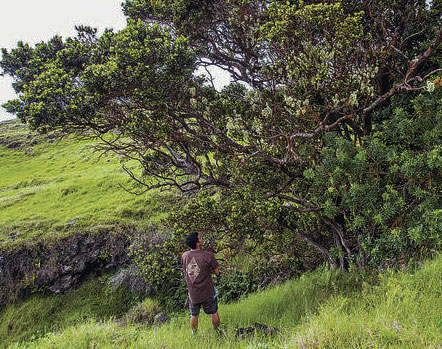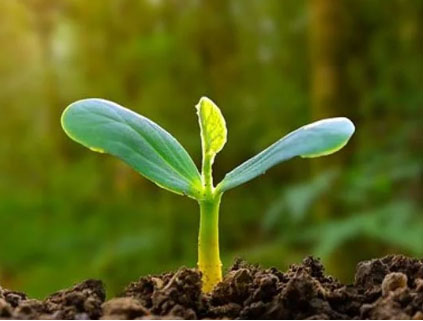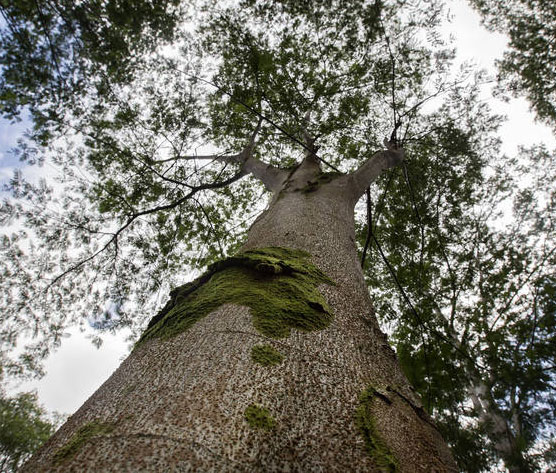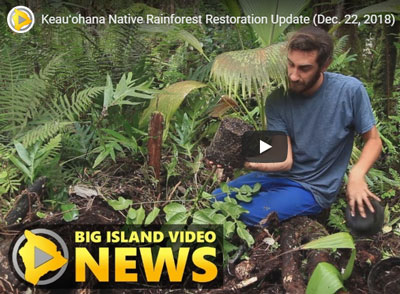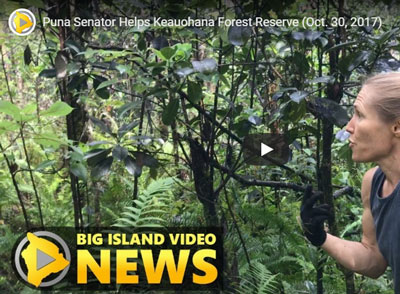Here, Hawaii Environmental Restoration displays links to articles of groups promoting and implementing bio-diversity and restoration projects happening around our planet.
Congress Could Put Americans Back to Work Through Conservation
Theodore Roosevelt Conservation Partnership
Across the federal government, there are a suite of habitat restoration programs designed to benefit fish and wildlife and enhance the resiliency of our natural systems, including the North American Wetlands Conservation Act, the National Fish Habitat Partnership, and the Forest Service Legacy Roads and Trails Program. These on-the-ground restoration programs infuse important resources into local communities, generate construction jobs, leverage state, local, and private sector resources at ratios of 3:1 or greater, and provide countless environmental benefits for our local communities.
There are also high-priority projects across the country to reverse wildfire damage, remove invasive species, restore habitat and water quality, and empower outdoor recreation users to get involved in conservation and wildlife research.
Read more…
Scientists Warn Worse Pandemics Are on the Way if We Don’t Protect Nature
EcoWatch
A group of biodiversity experts warned that future pandemics are on the horizon if mankind does not stop its rapid destruction of nature.
\”There is a single species that is responsible for the COVID-19 pandemic – us. As with the climate and biodiversity crises, recent pandemics are a direct consequence of human activity – particularly our global financial and economic systems, based on a limited paradigm that prizes economic growth at any cost. We have a small window of opportunity, in overcoming the challenges of the current crisis, to avoid sowing the seeds of future ones,\” the authors wrote on IPBES.
Read more…
Tree Planting To Rebuild Habitats And Offset Carbon
8 Billion Trees
At its core, 8 Billion Trees carries out large-scale tree planting and tree conservation operations to fuel positive environmental change and defend habitats for animals, while also caring for displaced and hurt animals by utilizing wildlife sanctuaries and veterinary clinics focused in devastated and deforested areas.
At 8 Billion Trees, our goal is to become the most environmentally aware company on the planet. We don\’t simply want to reduce the negative impacts of habitat destruction, deforestation and irresponsible forestry–we want to use these issues as fuel to completely revitalize what it means to be environmentally friendly. By changing our environment and spreading awareness, we are hoping to make a global change.
Read more…
Plant Blindness: Why Scientists Who Know Nature Are Becoming an Endangered Species
Memoria Press
“The U.S. is running short of people who can tell the forest from the trees.” So says a recent Wall Street Journal article that is at least partly indicative of the fate of science education in the U.S. in recent years. It tells of the growing problem of “plant blindness,” the term used among botanists to indicate the inability of many people, even those in the scientific community, to identify plants.
As the Journal’s Douglas Belkin warns:
Organizations such as the National Park Service and Bureau of Land Management can’t find enough scientists to deal with invasive plants, wildfire reforestation, and basic land-management issues.
Read more…
Hawaii lawmakers considering legislative proposal to plant 1M native trees annually
Star Advertiser
A University of Hawaii professor’s dream to plant a million native trees per year in Hawaii could soon get backing from the state Legislature, but he warns that proper planning is vital for success.
Senate Bill 2077, which is set to cross over into the House of Representatives, would put the state Department of Land and Natural Resources in charge of a program to plant 1 million “non-invasive” trees in the state per year.
The bill came to fruition because of the efforts of Camilo Mora, an associate professor of geography at the University of Hawaii.
Read more…
Baby ʻŌhiʻa Trees On The 2018 Lava Flows
Hawaii Tracker
Keiki ʻŌhiʻa trees are beginning to naturally establish themselves on the lava flows from the 2018 eruption.
In the Kalapana days, we\’ve seen ferns growing back within steamy tree molds as soon as 3 months after a lava flow, footage we have shows clusters of fern growth around the eruptive fissures in January 2019.
A year and a half after the flows stopped, baby ʻōhiʻa have been located, and there are likely more around the flow fields. The typical time for colonization of lava flows by plants depends mostly on the area\’s rainfall, rather than the age of the flow.
Read more…
Don\’t underestimate the ability of trees to combat the climate crisis
salon.com
Trees are having a moment in the media, and there are a lot of numbers being thrown around. From YouTube stars to politicians to business luminaries, some of the world\’s most influential leaders are talking about how many trees it will take to combat climate change.. Read more…
Task force sets sights on Pahoa albizia
Hawaii Tribune-Herald
The island’s war against albizia will continue into the new year as the Big Island Invasive Species Committee prepares to clear the trees from a street in Pahoa.
After a slow year in the fight against the invasive trees, the Committee is seeking a $300,000 state grant to clear large albizias from Kahakai Boulevard in Pahoa by early next year, said Springer Kaye, manager for BIISC.
Read more…
The Future of Trees
The Pulse (podcast)
Humans have a close relationship with trees. We plant and cultivate them for food and shelter. Trees offer protection from the rays of the sun. We relax and seem to breathe more deeply in their presence. And of course, we couldn’t breathe at all without trees — since they act as the “lungs of the earth,” converting carbon dioxide into oxygen.
On this episode, we explore our relationship with trees, and the shifting give-and-take in a changing world. We hear stories about how climate change is affecting our forests; what it’s like to live in a tree; and how science is trying to bring a near-extinct tree back to life.
Ethiopia \’Breaks\’ Tree-Planting Record To Tackle Climate Change
Ethiopia has planted more than 350 million trees in a day, officials say, in what they believe is a world record.
Prime Minister Abiy Ahmed is leading the project, which aims to counter the effects of deforestation and climate change in the drought-prone country.
Organizations That Plant Trees Go Out on a Limb for Forests, Communities
The organization [Fruit Tree Planting Foundation], which was started in 2002, planted and distributed 62,930 trees in five countries in 2018. It plans to increase its impact by partnering with global communities to plant more than 100,000 trees. The team works with food banks, community gardens, parks, schools and families living in poverty to plant fruit trees that will provide ongoing sources of sustainable nutrition.
more on The Fruit Tree Planting Foundation
VIDEO: Keauohana Native Rainforest Restoration Update (2018)
(BIVN) – Crews continue their effort to restore the Keau‘ohana Native Forest Reserve in Puna, said to be the largest and most intact lowland wet forest remaining below 1,000 feet in elevation in the State of Hawai’i.
Volunteer work in the forest was put on hold during the summer eruption of Kīlauea Volcano. In September, after the eruption ended, the Hawaiʻi Department of Land and Natural Resources granted crews permission to re-enter the forest. more…
VIDEO REPORT: Puna Senator Helps Keauohana Forest Reserve (2017)
(BIVN) – An effort to rehabilitate native forest in Puna is getting help from State Senator Russell Ruderman.
The senator was recently seen lending a helping hand in the Keau’ohana Forest Reserve. Ruderman believes the effort is worthy cause, and helped secure some funds at the state legislature.
In this shared by project volunteers, biologist Ann Kobsa with Malama O Puna talks about the living treasures found in the forest.
